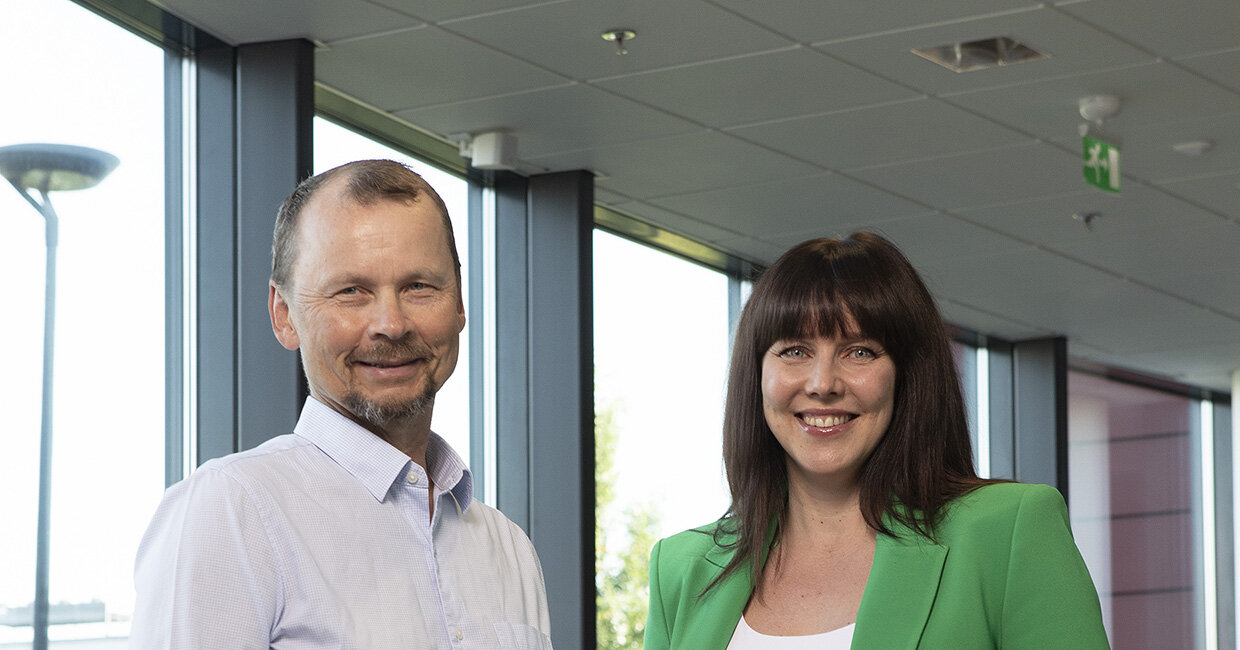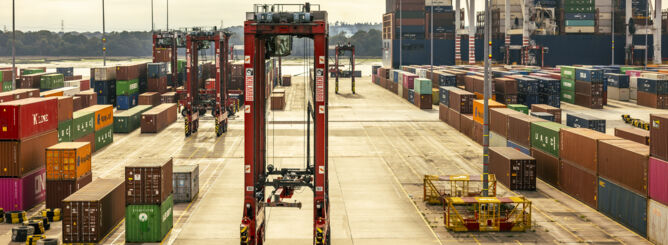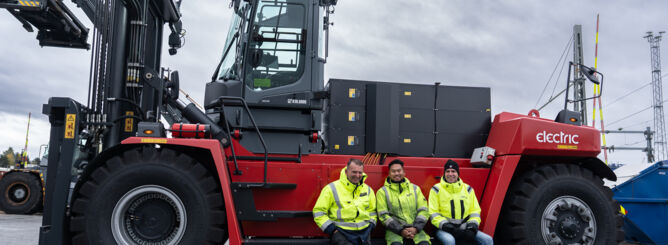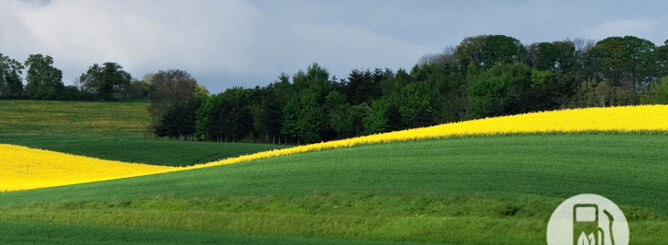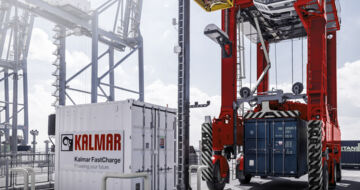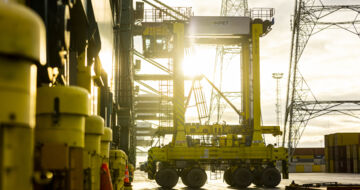Tackling climate change: We are committed, but we can't do it without you
As part of Cargotec, Kalmar is committed to an ambitious set of targets to reduce our carbon dioxide emissions to the level required to limit global warming to 1.5 degrees by the end of this century. This is a major strategic effort for which we will need to work together with our customers and suppliers over the years to come.
For any company looking to cut down its CO2 emissions, the first step is to understand where you are today. When looking at the carbon footprint of our own operations at Kalmar, we have identified three major areas to address. Firstly, we can find ways to minimise the energy consumption and CO2 emissions of our own work and on-site operations. We can choose green electricity sources for our facilities, reduce the energy consumption of our assembly lines and favour low-emission vehicles for our company cars, for example.
All this – and much more – we have already been doing for a long time, and we are in fact well on the way to carbon neutrality in our operations. However, when assessing the overall carbon footprint of our solutions, our own immediate activities are the area that is most easily addressed, but which accounts for the smallest part of the total.
So, as the next step, we need to go a step further to evaluate our supply and logistics chains. Which materials and products do we use in our manufacturing, where do we order them from, how are they transported, and what is their total CO2 impact?
To go a step further, we need to evaluate our supply and logistics chains.
According to our estimates, our supply chains account for up to a third of Kalmar's total carbon footprint. The challenge is that it is much more difficult to affect your supply chain than your own operations. For Kalmar and other port equipment manufacturers, one of the most important questions in this area is the CO2 contribution of the steel production used in the manufacture of our products. At the moment, neither carbon-neutral steel nor viable alternative materials with a lower carbon footprint are available, though we expect to see some significant developments in this field within the next five to ten years.
Finally, by far the most important factor that determines the carbon footprint of our solutions is, simply, how these solutions are used. Today (mid 2021), most Kalmar products are already available as all-electric versions. This means that our customers have the choice of radically reducing the on-site CO2 impact of their operations when using our products, but the discussion then turns to the financial return on investment of electrification, how the electricity is generated, and the ability of the power grid to support all-electric operations.
Like almost all companies today, port and terminal operators need to move towards reducing their emissions and carbon footprint to meet diverse stakeholder requirements. At the same time, all-electric solutions need to offer a compelling business case with a demonstrable return on investment. This is a long road that we need to travel together, and we need to address simultaneously all three of the abovementioned focus areas, from our own operations and supply chains, to the wider picture of how our products are used.
Tackling climate change is a challenge that no one can solve alone.
At Kalmar, we do not just believe that the future of terminal operations and container handling is electric. We know it is. At the same time, we also know that all of these major challenges will need to be tackled so that customers can gain the benefit of all-electric solutions, and we can, together with them, cut down our total carbon footprint to meet our commitments.
Tackling climate change and reducing our global CO2 impact is a challenge that no one can solve alone. The whole value chain needs to participate part by being more efficient and eliminating CO2 emissions. We can build eco-efficient all-electric machines, but the change will not happen unless our customers use them. The results won't come overnight, but we can start by seeking to understand our own carbon footprints today, set goals, make plans, and start implementing them.
At Kalmar and Cargotec, we are committed to our goals and we have the solutions to make the required CO2 reductions a reality. But we need to do it together with you – our customers and suppliers.
There is little time to lose, so we'd better speed up our efforts.
Antti Kaunonen,
President Kalmar Automation Solutions
Marika Väkiparta,
Vice President, Strategy and Business Development, Kalmar Automation Solutions
